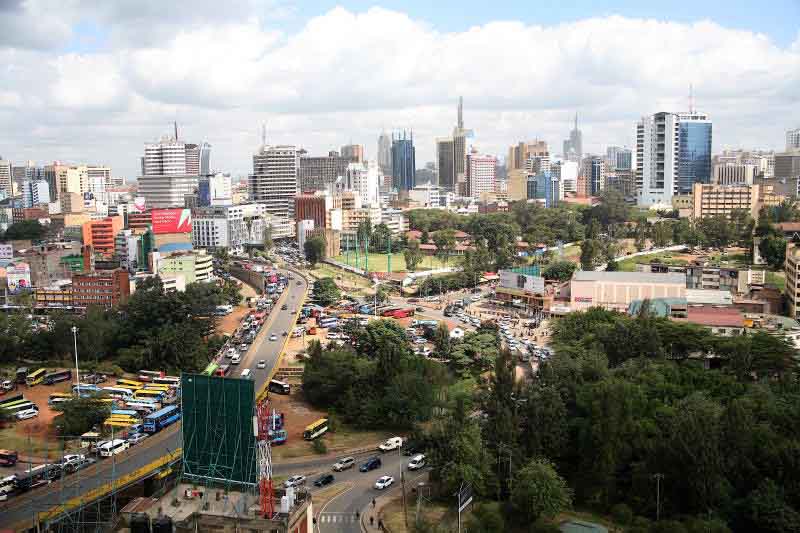×
The Standard e-Paper
Home To Bold Columnists

Kenya has been ranked 139th on the 2020 Global Youth Development Index, which measures the status of young people in 181 countries around the world.
According to the Commonwealth Secretariat's triennial rankings of youth development, 156 countries recorded slight improvements in their scores.